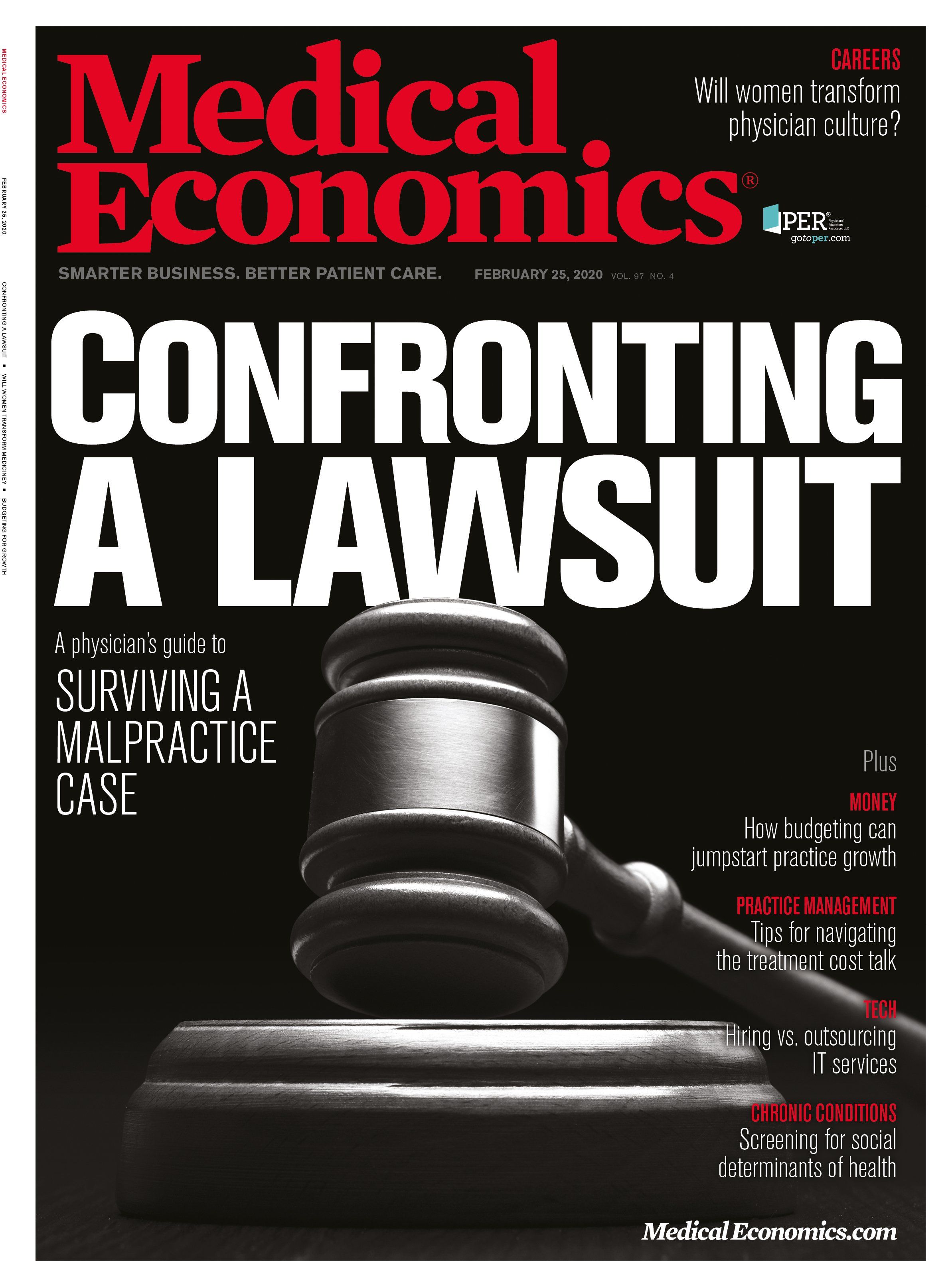Publication
Article
Medical Economics Journal
Three tips to avoid legal risks with employees
Author(s):
Proactively managing risk and avoiding harm is almost always cheaper and more predictable than managing any actual crisis.

Proactively managing risk and avoiding harm is almost always cheaper and more predictable than managing any actual crisis.
Asset protection has three layers: a culture of compliance that helps avoid the most common risks; a well-developed insurance program to help cover any mistakes or accidents; and legal tools that separate risks and assets to back up anything not covered by the first two.
In this article we address one of the major risks physicians experience that does not involve patients: Risks from exposures related to your employees.
Employment law exposures are among the most common risks American business owners face and medical practices are no exception. In addition to the traditional claims related to wages and labor law, employers now must manage less tangible, more subjective issues.
Our socially- and politically-charged climate, including the #MeToo movement, requires attention and physician leadership. Businesses are up to five times more likely to be sued over an employment issue than for any other reason. In addition, employees are winning more often and the average sexual harassment lawsuit verdict is roughly $500,000.
Fortunately, this risk can be effectively managed in three simple steps:
Be adequately insured for both employment law related liability with EPLI (employment practices liability coverage) insurance and general liability and other specialty commercial insurance that protects the business from the vicarious liability of being an employer. For doctors, common exposures might include HIPAA employee breaches that reveal confidential patient information including photos or other identifying patient data or social media related liability for making defamatory statements or claims.
Having these basics in place will put many medical practices ahead of their peers and not just help defend against such a claim, but ideally avoid ever facing one in the first place.
Create a culture of respect, compliance, and authority. Every workplace has its own “vibe”, some are formal and all business, others are more casual, fun and familiar. Either may be effective, but both need to start with a culture that observes and uniformly enforces good conduct among physicians, executives, and other staff. This means a willingness to be (or delegating someone to be) the adult in the room and address issues and set standards.
Have an enforced, custom drafted, state-law specific employment manual. Failing to do so means that many rules polices will be open to interpretation by your employees, and worse, the courts. I routinely find that many practices have no manual or have one they got off the internet or cobbled together themselves that may not be up to date or legally compliant.
Ike Devji, JD, has practiced law exclusively in the areas of asset protection, risk management and wealth preservation for the last 16 years. Send your financial questions to medec@mmhgroup.com.






